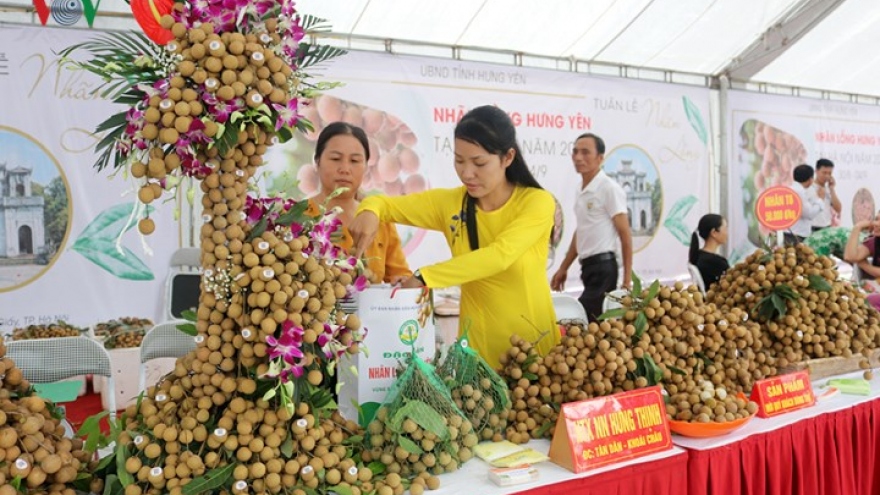Son La longan eyes rising foothold in demanding markets
VOV.VN - The northwestern province of Son La plans to export 8,100 tons of longan during this year’s crop while looking to gain a large share in demanding overseas markets.
 |
| Illustrative photo. (Photo: VOV) |
Son La expects to yield some 73,000 tons of longan from this year’s crop, an annual rise of 14 per cent. This fruitful outcome is a result of the expansion of high-quality longan cultivation farms throughout the province.
A total of 16 food hygiene supply chains have been developed in order to absorb the output from 510 hectares of longan cultivation areas.
Local authorities are striving to accelerate their shipments of longan to make further inroads into the neighboring country China, as well as in demanding markets such as the US, Japan, and the Republic of Korea.
Regarding domestic consumption, some 3,800 tons of longan will be on offer at nationwide distribution networks, including Vinmart, BigC, Hapromart, and others.



